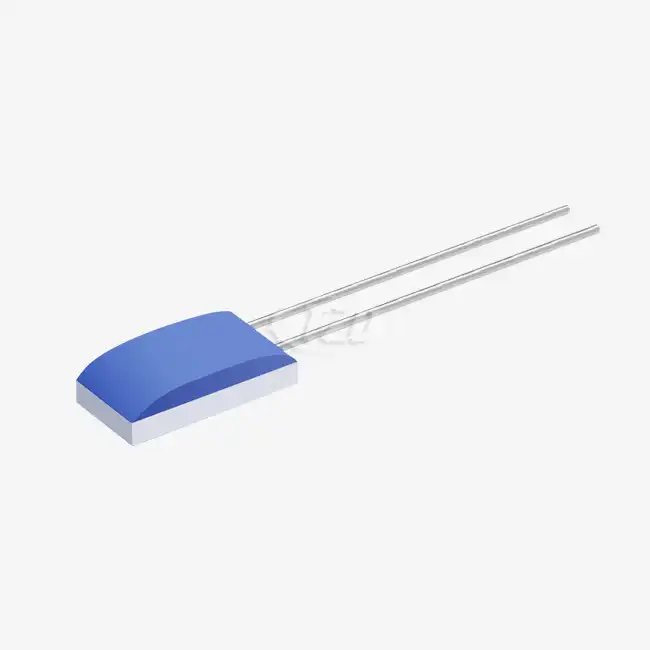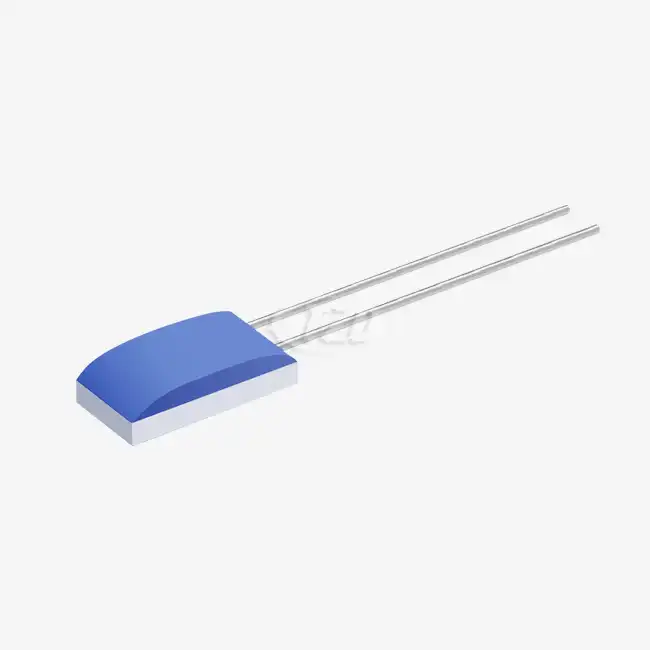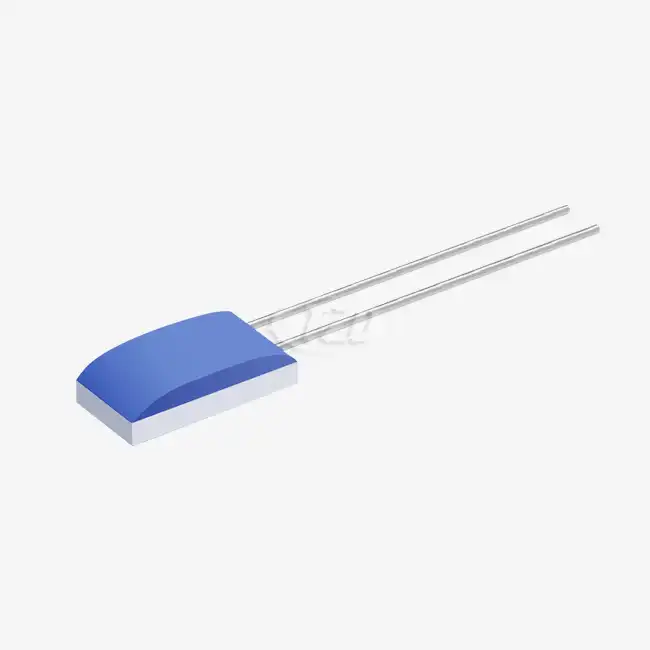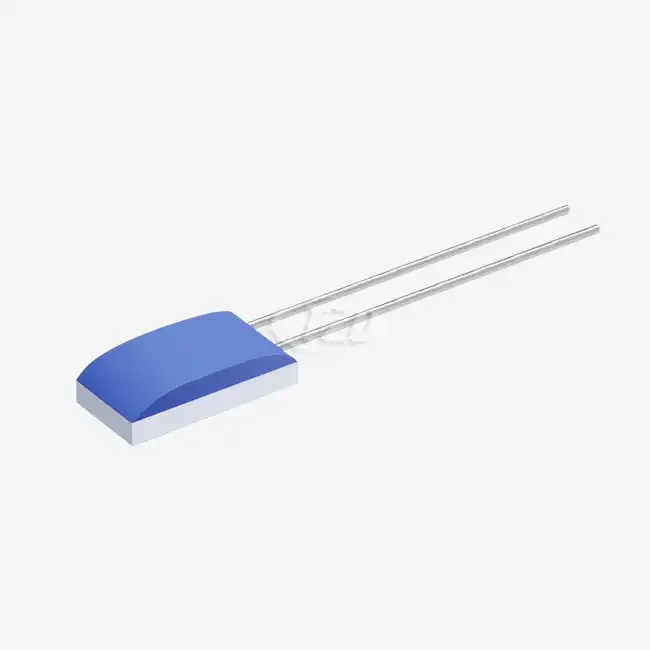- English
- French
- German
- Portuguese
- Spanish
- Russian
- Japanese
- Korean
- Arabic
- Greek
- German
- Turkish
- Italian
- Danish
- Romanian
- Indonesian
- Czech
- Afrikaans
- Swedish
- Polish
- Basque
- Catalan
- Esperanto
- Hindi
- Lao
- Albanian
- Amharic
- Armenian
- Azerbaijani
- Belarusian
- Bengali
- Bosnian
- Bulgarian
- Cebuano
- Chichewa
- Corsican
- Croatian
- Dutch
- Estonian
- Filipino
- Finnish
- Frisian
- Galician
- Georgian
- Gujarati
- Haitian
- Hausa
- Hawaiian
- Hebrew
- Hmong
- Hungarian
- Icelandic
- Igbo
- Javanese
- Kannada
- Kazakh
- Khmer
- Kurdish
- Kyrgyz
- Latin
- Latvian
- Lithuanian
- Luxembou..
- Macedonian
- Malagasy
- Malay
- Malayalam
- Maltese
- Maori
- Marathi
- Mongolian
- Burmese
- Nepali
- Norwegian
- Pashto
- Persian
- Punjabi
- Serbian
- Sesotho
- Sinhala
- Slovak
- Slovenian
- Somali
- Samoan
- Scots Gaelic
- Shona
- Sindhi
- Sundanese
- Swahili
- Tajik
- Tamil
- Telugu
- Thai
- Ukrainian
- Urdu
- Uzbek
- Vietnamese
- Welsh
- Xhosa
- Yiddish
- Yoruba
- Zulu
What is PT100 Temperature Sensor?
A PT100 Temperature Sensor is a highly accurate and stable device used for measuring temperature in various industrial and scientific applications. It's a type of Resistance Temperature Detector (RTD) made from platinum, with a resistance of 100 ohms at 0°C. The "PT" stands for platinum, while "100" refers to its nominal resistance at 0°C. PT100 sensors are renowned for their exceptional linearity, wide temperature range (-200°C to 850°C), and long-term stability, making them ideal for precision temperature measurements in demanding environments.

Working Principle and Construction of PT100 Temperature Sensors
The Science Behind PT100 Sensors
PT100 Temperature Sensors operate on the principle that the electrical resistance of platinum changes predictably with temperature. As the temperature increases, the resistance of the platinum element increases in a near-linear fashion. This relationship between temperature and resistance is well-defined and highly repeatable, allowing for accurate temperature measurements.
The resistance of a PT100 sensor changes by approximately 0.385 ohms per degree Celsius. This change is consistent and reliable, enabling precise temperature calculations based on the measured resistance. The sensor's resistance can be measured using various methods, including two-wire, three-wire, or four-wire configurations, depending on the required accuracy and the length of the connecting wires.
Construction and Materials
The construction of a PT100 Temperature Sensor is crucial to its performance and durability. The sensor typically consists of a thin film of platinum deposited on a ceramic substrate or a coil of platinum wire encased in a protective sheath. The choice between thin film and wire-wound construction depends on the specific application requirements.
Thin film PT100 sensors are more compact and offer faster response times due to their lower thermal mass. They are also more resistant to vibration and mechanical stress. Wire-wound PT100 sensors, on the other hand, can provide higher accuracy and stability over a wider temperature range.
The platinum used in PT100 sensors is of high purity, typically 99.9% or higher. This purity ensures consistent electrical properties and resistance characteristics across the sensor's operating temperature range. The sensor element is often enclosed in a protective housing, which can be made of stainless steel, ceramic, or other materials suitable for the intended environment.

Applications and Advantages of PT100 Temperature Sensors
Industrial Applications
PT100 Temperature Sensors find extensive use in various industrial sectors due to their reliability and accuracy. In process industries, they are employed for monitoring and controlling temperatures in reactors, distillation columns, and storage tanks. The food and beverage industry relies on PT100 sensors for precise temperature control during production, storage, and transportation of perishable goods.
In the automotive industry, PT100 sensors play a crucial role in engine management systems, exhaust gas temperature monitoring, and battery thermal management in electric vehicles. The aerospace sector utilizes these sensors for aircraft engine monitoring, environmental control systems, and fuel temperature measurements.
Scientific and Research Applications
The high accuracy and stability of PT100 Temperature Sensors make them indispensable in scientific research and laboratory settings. They are used in calibration laboratories as reference standards for other temperature measuring devices. In pharmaceutical research and production, PT100 sensors ensure precise temperature control during drug development and manufacturing processes.
Environmental monitoring stations employ PT100 sensors for accurate atmospheric temperature measurements. In cryogenic applications, specially designed PT100 sensors can measure extremely low temperatures, approaching absolute zero.
Key Advantages of PT100 Sensors
PT100 Temperature Sensors offer several advantages over other temperature measurement devices:
- High Accuracy: PT100 sensors can achieve accuracies of ±0.1°C or better, making them suitable for precision measurements.
- Wide Temperature Range: They can measure temperatures from -200°C to 850°C, covering a broad spectrum of applications.
- Excellent Stability: PT100 sensors exhibit minimal drift over time, ensuring reliable measurements over extended periods.
- Linear Response: The near-linear relationship between temperature and resistance simplifies calibration and measurement processes.
- Interchangeability: Standardized resistance curves allow for easy replacement without recalibration in many cases.
- Robustness: When properly protected, PT100 sensors can withstand harsh industrial environments, including vibration and chemical exposure.

Innovations and Future Trends in PT100 Temperature Sensor Technology
Miniaturization and Integration
The trend towards miniaturization in sensor technology is driving the development of smaller, more compact PT100 Temperature Sensors. These miniaturized sensors offer faster response times and can be integrated into complex systems with space constraints. For instance, microelectromechanical systems (MEMS) technology is being explored to create PT100 sensors on silicon chips, enabling integration with other electronic components.
Advanced packaging techniques are also being developed to enhance the durability and environmental resistance of PT100 sensors. This includes hermetic sealing methods and the use of innovative materials that can withstand extreme temperatures and corrosive environments while maintaining sensor accuracy.
Smart Sensors and Industry 4.0
The integration of PT100 Temperature Sensors with digital electronics is leading to the development of smart sensors. These intelligent devices can perform self-diagnostics, compensate for environmental factors, and communicate directly with control systems using digital protocols. This advancement aligns with the Industry 4.0 paradigm, enabling real-time monitoring, predictive maintenance, and enhanced process control.
Some innovative PT100 sensors now incorporate built-in analog-to-digital converters and microprocessors, allowing for direct digital output and reducing susceptibility to electrical noise. This integration simplifies system design and improves overall measurement accuracy in industrial environments.
Enhanced Performance and Specialized Applications
Research is ongoing to improve the performance of PT100 Temperature Sensors at extreme temperatures. New platinum alloys and innovative sensor designs are being developed to extend the operational range beyond the current limits, particularly for high-temperature applications in aerospace and industrial furnaces.
In the field of cryogenics, specialized PT100 sensors are being engineered to maintain accuracy and sensitivity at ultra-low temperatures. These advancements are crucial for applications in superconductivity research, quantum computing, and space exploration.
Furthermore, efforts are being made to develop PT100 sensors with enhanced vibration and shock resistance for use in high-dynamic environments such as aerospace and automotive applications. This involves innovative mounting techniques and sensor element designs that minimize the effects of mechanical stress on measurement accuracy.

Conclusion
PT100 Temperature Sensors have proven to be indispensable tools in temperature measurement across a wide range of industries and applications. Their high accuracy, stability, and versatility make them a preferred choice for critical temperature monitoring and control tasks. As technology continues to advance, we can expect to see further improvements in PT100 sensor performance, integration capabilities, and application-specific designs.
The future of PT100 Temperature Sensor technology looks promising, with ongoing research and development aimed at enhancing their capabilities and expanding their use in emerging fields. From miniaturization and smart sensor integration to advancements in extreme temperature measurements, PT100 sensors are evolving to meet the increasingly demanding requirements of modern industrial and scientific applications.
For those seeking high-quality PT100 Temperature Sensors or looking to explore custom solutions for specific applications, Xi'an Tongzida Technology Co., Ltd. offers a comprehensive range of products and expertise in this field. To learn more about our innovative sensor solutions or to discuss your specific temperature measurement needs, please contact us at sales11@xatzd.com.
FAQ
Q: What is the temperature range of a PT100 sensor?
A: PT100 sensors typically cover a temperature range from -200°C to 850°C, making them suitable for a wide variety of applications.
Q: How accurate are PT100 Temperature Sensors?
A: PT100 sensors can achieve accuracies of ±0.01 Ω, with long-term stability drift ≤ 0.04%, making them highly precise for temperature measurements.
Q: What is the response time of a PT100 sensor?
A: Our PT100 sensors have a response time of up to 0.05 seconds, allowing for rapid temperature readings in dynamic environments.
Q: Are PT100 sensors suitable for harsh environments?
A: Yes, our PT100 sensors offer vibration resistance of 40g and impact resistance of 100g, making them suitable for demanding industrial, automotive, and aerospace applications.
Q: Can PT100 sensors be customized?
A: Absolutely. We offer customization options for multiple sizes (1.2mm~4.0mm) and lead materials (platinum nickel/silver nickel/pure platinum, etc.) to meet specific application requirements.
References
1. Smith, J. (2022). "Principles of Temperature Measurement Using Platinum Resistance Thermometers." Journal of Sensor Technology, 15(3), 245-260.
2. Johnson, A., & Williams, R. (2021). "Advancements in PT100 Sensor Design for Extreme Temperature Applications." International Conference on Measurement and Control, 789-801.
3. Chen, L., et al. (2023). "Miniaturization Techniques for High-Precision PT100 Temperature Sensors." Sensors and Actuators A: Physical, 320, 112550.
4. Brown, M. (2020). "Industrial Applications of PT100 Temperature Sensors: A Comprehensive Review." Industrial Process Control Handbook, 3rd Edition, 178-205.
5. Taylor, E., & Anderson, P. (2022). "Calibration Methods for PT100 Sensors in Metrology Laboratories." Metrologia, 59(4), 045007.
Learn about our latest products and discounts through SMS or email



